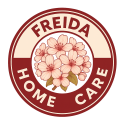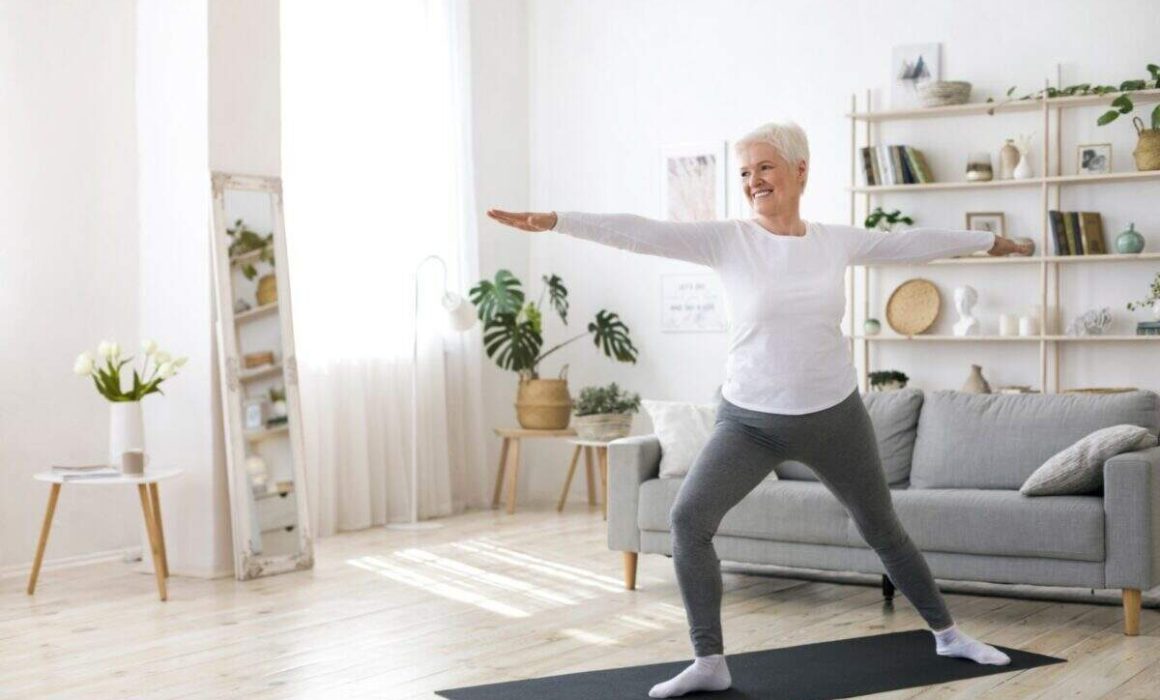Introduction: The New Chapter After Stroke
When a stroke strikes, it does so without warning, turning the ordinary into the extraordinary. Life is cleaved into two distinct parts: before the stroke—and everything after.
But stroke survivors are not defined by what was lost; they are shaped by what they rebuild. And much of that rebuilding begins at home.
Home becomes more than a resting place—it becomes a recovery center, a training ground for new skills, and a sanctuary for physical and emotional healing.
This guide offers a roadmap for stroke recovery at home, focusing on three essential pillars: practical daily exercises, strategic use of mobility aids, and the indispensable role of family in shaping the healing journey.
Section 1: Practical Exercises for Daily Recovery
1.1 Why Home Exercise Is Critical
Stroke survivors need daily movement—not just during formal therapy sessions, but throughout their day.
Movement supports:
- Neuroplasticity (the brain’s ability to rewire itself)
- Muscle strength rebuilding
- Balance and coordination restoration
- Emotional confidence
Consistency matters more than intensity. Small, repeated efforts each day lay the foundation for remarkable gains over time.
1.2 Foundational At-Home Exercises
Always consult a physical therapist before beginning or adjusting exercises.
Here are beginner-friendly movements typically recommended for home recovery:
- Seated Marching:
Sitting upright in a sturdy chair, gently lift knees one at a time, mimicking a marching motion. Strengthens hips and thighs while improving circulation. - Hand and Finger Stretches:
Stroke survivors often experience muscle stiffness. Open and close fists slowly. Use therapy putty or a soft ball to strengthen grip. - Weight Shifting:
While standing (supported if necessary), shift weight gently from side to side. Rebuilds balance and spatial awareness. - Wall Push-Ups:
Facing a wall at arm’s length, perform push-ups against the wall to strengthen upper body and improve trunk control. - Ankle Pumps:
Point and flex the toes while lying or sitting to encourage lower leg strength and prevent blood clots.
Consistency, not complexity, fuels progress.
1.3 Repetition and Routine
Brain recovery thrives on repetition. Daily exercises, even simple ones, send powerful signals to the brain, strengthening emerging neural pathways.
Establish a “Recovery Hour” each day where exercises are practiced consistently, but gently.
Celebrate small wins—an extra rep, steadier standing, a stronger handshake.
Recovery is built one repetition, one day at a time.
Section 2: Strategic Use of Mobility Aids
2.1 When and Why Mobility Aids Matter
Pride often tempts survivors to resist canes, walkers, or wheelchairs.
But mobility aids are not signs of defeat—they are bridges to independence.
Proper aids can:
- Prevent falls
- Restore partial independence faster
- Reduce caregiver strain
- Boost confidence to explore beyond the immediate home
The goal isn’t just movement—it’s safe, purposeful movement.
2.2 Choosing the Right Mobility Aid
Each survivor’s needs vary. Some common aids include:
- Quad Canes:
Offer greater stability than standard canes; excellent for mild balance issues. - Walkers:
Provide full-body support during early recovery. Some models come with seats for rest periods. - Wheelchairs:
Allow longer outings without exhaustion. Lightweight models are easier for caregivers to handle. - Ankle-Foot Orthosis (AFO):
A brace that corrects “foot drop” and supports normal walking patterns.
Work with a physical therapist to customize aid selection and ensure correct usage. Poorly fitted devices cause frustration and injuries.
2.3 Adapting the Home Environment
Home layouts often need adjusting to support mobility aid use:
- Remove area rugs and loose cords.
- Install grab bars near steps, bathrooms, and hallways.
- Widen doorways if possible to accommodate walkers or wheelchairs.
A home that accommodates aids allows the survivor to reclaim autonomy—room by room, day by day.
Section 3: The Indispensable Role of Family
3.1 Emotional Anchoring After Stroke
Stroke recovery is not just physical—it’s emotional.
Survivors face grief for lost abilities, fear of future strokes, and frustration with slow progress.
Family members serve as emotional anchors, offering:
- Encouragement when setbacks occur
- Patience during mood swings or cognitive fog
- Gentle motivation to keep striving for small victories
A listening ear is often as powerful as physical therapy.
3.2 Practical Roles Family Can Play
Beyond emotional support, family members can actively aid recovery:
- Exercise Partners:
Helping with stretches or motivating during home therapy sessions. - Appointment Coordinators:
Managing schedules for physical, occupational, and speech therapy. - Environmental Modifiers:
Continuously adjusting the home to better match changing abilities. - Communication Facilitators:
Learning techniques (such as yes/no boards) to aid survivors with speech difficulties.
Caregiving can be distributed among multiple family members to avoid burnout. Even small, regular contributions from siblings, spouses, or friends make a tremendous impact.
3.3 Supporting Survivor Identity and Autonomy
Stroke changes abilities, but it doesn’t erase the survivor’s identity.
Family members should:
- Encourage decision-making (“Would you like to sit in the sun or by the window?”)
- Celebrate achievements (no matter how “small”)
- Avoid infantilizing speech or attitudes
- Provide opportunities for purpose—volunteering, art, mentorship, etc.
Dignity fuels recovery as much as medicine.
Conclusion: Recovery Is Not a Race, It’s a Journey
Stroke recovery at home is a marathon, not a sprint.
Progress often feels slow. Setbacks are normal. Frustration will visit—but so will breakthroughs.
Each exercise, each successful transfer from chair to walker, each shared laugh at the dinner table stitches resilience into the survivor’s spirit.
The home, once an ordinary backdrop to life, now becomes a sacred ground for healing, connection, and renewal.
Families are not just bystanders to recovery—they are active architects, building hope, strength, and new futures one step at a time.


Recent Comments